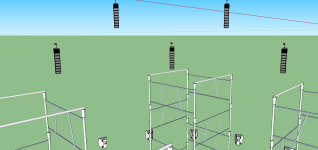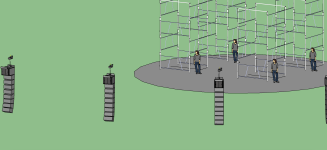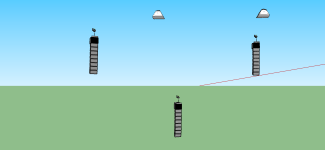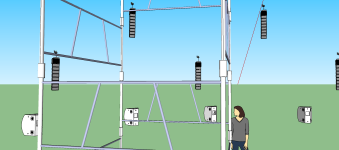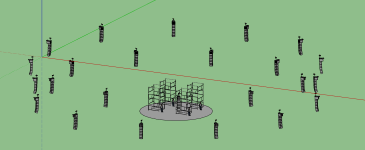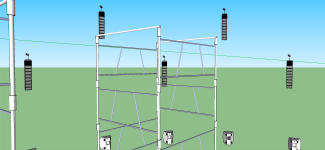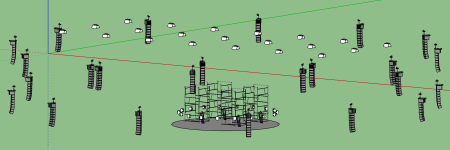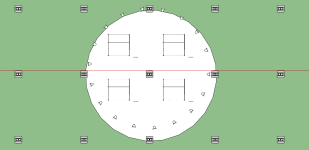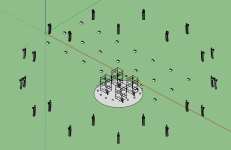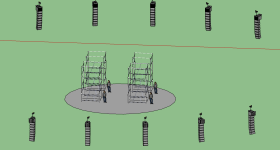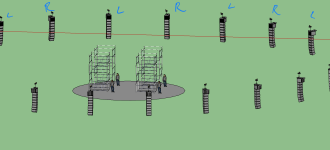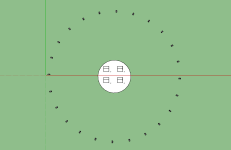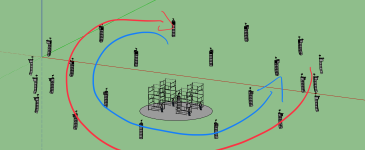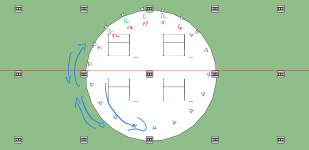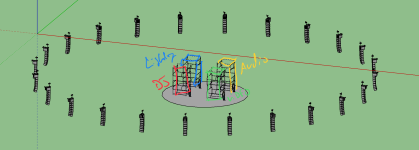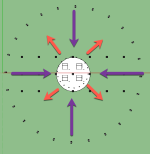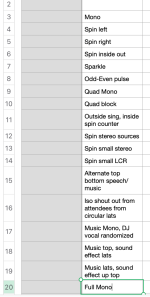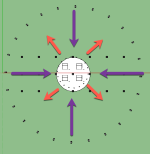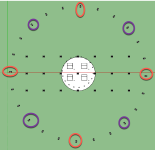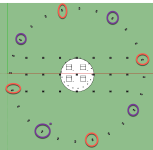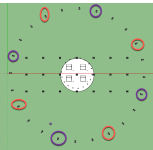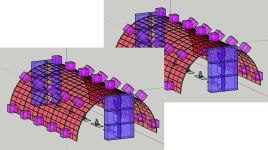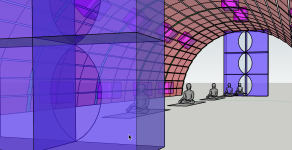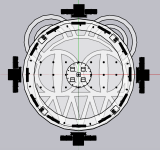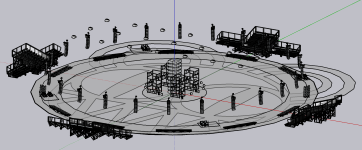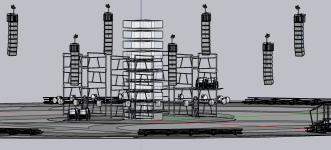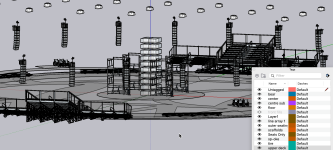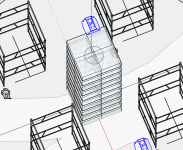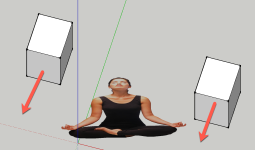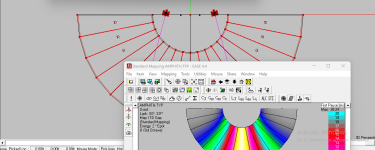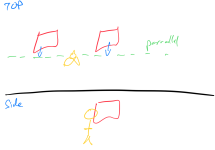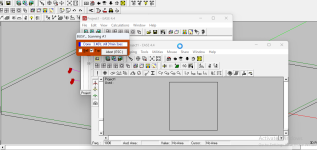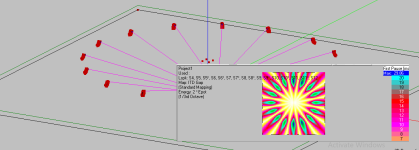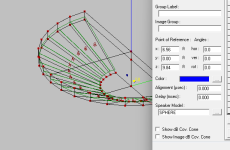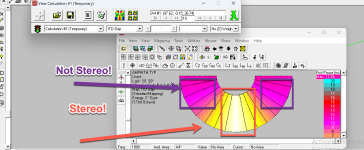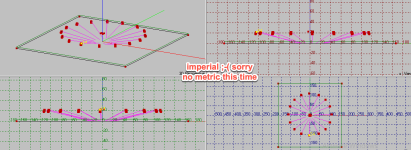Im a speaker geek and im pretty familiar with the VRX 900. Legit, it’s a historical box and has a long list of accomplishments. You being offended is ur issue not mine. Regardless you likely made the right purchasing decision. Maybe not for the same reasons id pick that box. In all seriousness me selecting and choosing that box as an example and comparing it to D&B is a compliment. In reality one could do this attached project with point source or any number of line array boxes.
If you have 12 boxes, then you could easily do this rig, the circular aspect would be the same, the coverage and output would not be.
Regarding Stereo, Im not sure I know anything about ur background. But, alternating left, right, left has worked for maybe 50-60 years. You cant say things like (stereo wont work or it would sound terrible) especially if one hasn’t done it, or spent decades in the prediction world.
Question:
What Is the farthest distance one can place two loudspeakers and still have a stereo field?
What is the closest distance?
Sorry Paul, but you dont sound (pun intended) to be very open to anything different. There is nothing wrong with “Plastic Fantastic” or what others call “tupper wear boxes”.
Now if you came back with something such as, reduce the sources from 29 to say 8 or 10 or 12 or 20 because of the stereo coverage or the initial time gap between sources and you predicted it that would be one thing. Which is actually what I was hopeing to hear from others. Rather, the comment of that just wont work.
The future is in surround and various creative versions of surround audio.
Maybe ill just do a review on the VRX,
First with multiple cup pole mounts (literally revolutionary)-
Most efficient 12” line array and most cost efficient only comparable maybe to a Nexo single 12”-
Horrible at crossover but who cares-
Great fly hardware-
Professional options such as case covers, EASE data, actually specifications-
Reasonable speech-
Small medium and large options, with compatible rigging if I recall-
Cross country rentals, one cant sling a dead cat without hitting at least a dozen rental companies-
_____________________________________________________________________________
”What? Giant LEDs screens the length of a football field, that would never work and be too expensive let along a video dance board”
Let’s allow a little room for creativity on the forums and internet. Please? Im kinda sad, twenty years ago this would have been chewed up by allot of folks Good and bad. Seems Facebook really did bulldoze over the internet. Bonus option, name as many 12” line array boxes that are comparable to the VRX. Only include brands that have in the past atleast 20 years done demos at tradeshows, not including fake Chinese or Brazil line arrays.
I will say, thanks Paul for ur comments, and apologies if you are offended. The VRX is a great box and id happily mix on it and have in the past.
